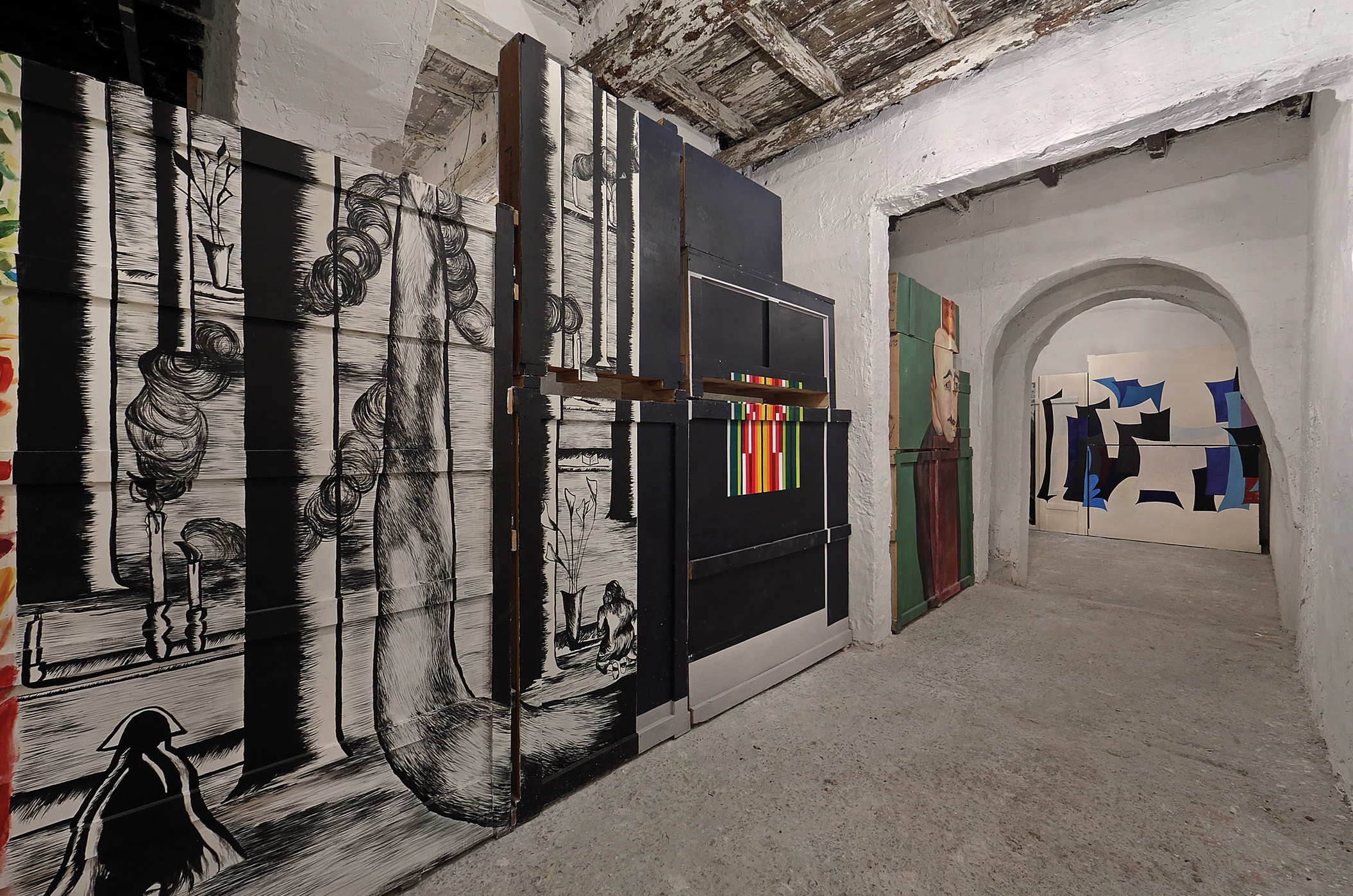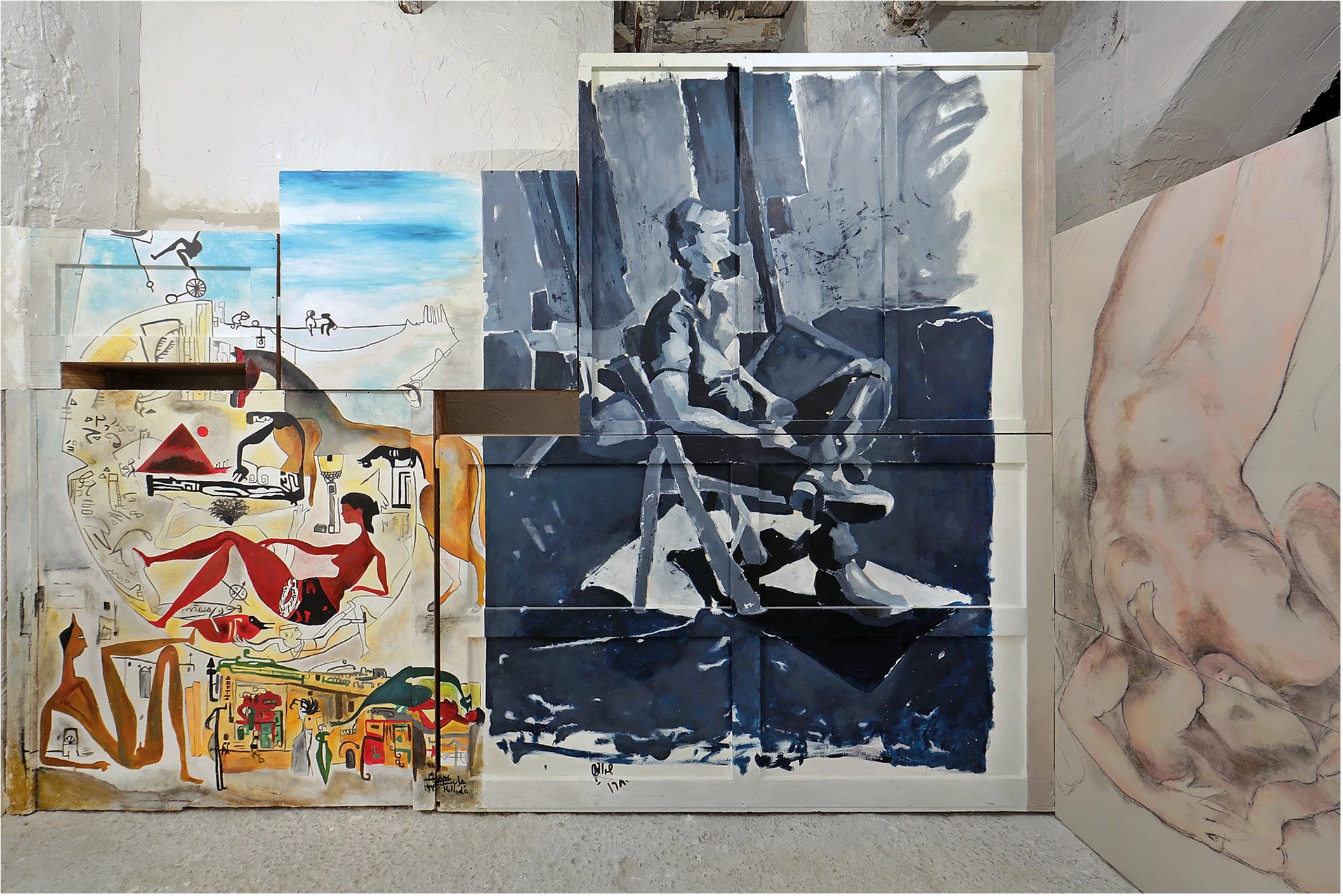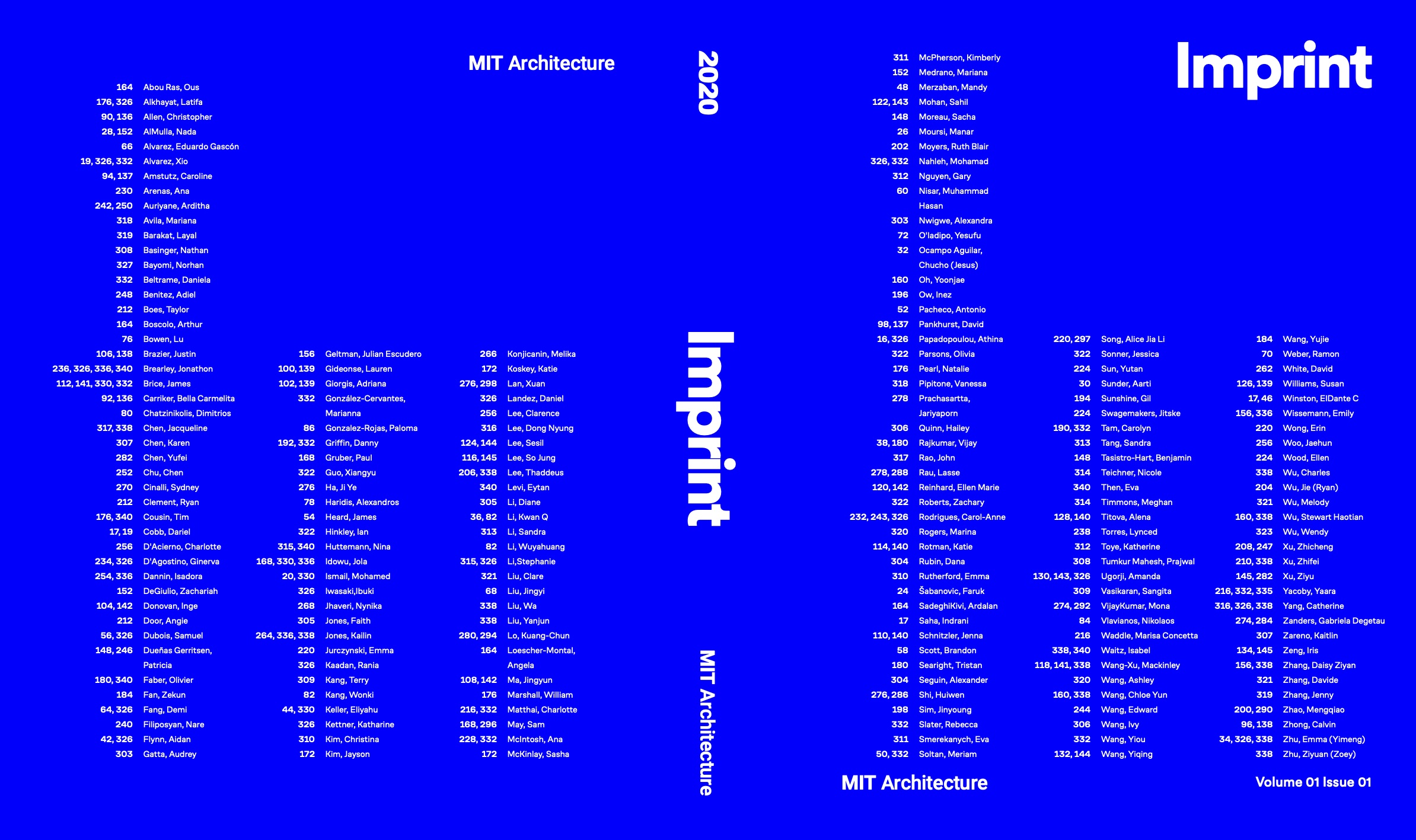On feminist methodologies and the discourse of Modern Arab Art
This is a preliminary text adapted from a presentation I gave in December 2020, prior to completing my thesis Scripting Inclusion (2021), advised by artist and educator Renée Green (Art, Culture & Technology Department). In it I outlined a few of the questions I would raise in my thesis for MIT Architecture’s new publication Imprint, launched in the during the Covid-19 Pandemic.
Suha Traboulsi is the name of an avant-garde Arab female modernist artist that does not exist. She does exist however in the imagination of an established Lebanese-American artist, Walid Raad, who has invented her as his avatar. In 2014, she emerged within Raad’s practice and is among a roster of invented personas he has offered over the course of a thirty year career. Traboulsi is presented as a Palestinian conceptual artist working in painting and performance that has seemingly eluded historicization. One of my own interests in Raad’s multidisciplinary body of work, particularly pieces that summon the name of Suha Traboulsi, is how to consider this artist-avatar relation through a feminist lens. One that attempts to locate how women's labour is considered, used and perhaps even repressed in this manner of use. What does it mean for a simulacrum of a woman artist to operate within a male practice that is lending itself to a fictionalized feminine one? Can this inquiry be useful in thinking about the ways women artists are inscribed into the canon of modern Arab art?
 Fig. 1 Walid Raad, Yet more letters to the reader, exhibition view, Fondazione Volume, 2017, © 2016 federico ridolfi, courtesy of the artist and Sfeir-Semler Gallery Beirut / Hamburg
Fig. 1 Walid Raad, Yet more letters to the reader, exhibition view, Fondazione Volume, 2017, © 2016 federico ridolfi, courtesy of the artist and Sfeir-Semler Gallery Beirut / Hamburg
Walid Raad’s practice primarily involves installation and lecture-performance. The underlying operation of these practices frequently pivots on constructing meta-narrative critique. He is most well known for two significant bodies of work, the first called The Atlas Group (1989-2004) and the other Scratching on things I could disavow: A History of Art in the Arab World (2007- present). The first, of which he is most well known, is a fictive Beirut based foundation of researchers who collect, document and analyze materials of the Lebanese Civil War (1975-1991). The project contains collections of archival documents, photographs, notes and videos to create a fictional archive (...) It has become an expectation in his work that his anecdotes and materials toggle truth and fiction. The expanse of this project treads this rather non-binary relation to question the very nature and veracity of historical records.
Raad’s work contains a myriad of moving parts. Sometimes these moving parts are bodies. The invention of characters sometimes serve as proxies for the artist, and they come and go as stand-ins and collaborators, who corroborate his research and anecdotes. The second body of work, Scratching..., is where we sometimes find Suha Traboulsi. In this series Raad traces the ways in which the art of the ''Arab world'' is being codified and circulated in ‘global’ art institutions, particularly since the early 2000s. The early 2000s is also a period of time that is densely populated with events that enveloped public attention toward the Arab world that include the attacks of September 11th, the US-led invasion of Iraq in 2003, the Arab Uprisings of 2011 onward, among many others. The initiation of this project in 2007 aligns with the proliferation of art institutions and the acceleration of the Middle East art market.
Considerable attention in Scratching... pivots on the emergence of Western satellite museums, such as the Louvre Abu Dhabi, opened in 2017, and the amassing and displays of art collections that have proliferated in the Arabian peninsula. This emergence is also close to me as a researcher, having been a minor agent within this development. Particularly in the formation of a private regional art collection shaped around the notion of an ''Arab art'' based in the United Arab Emirates.
In this work for instance (Fig. 1), maximized replicas of thia same collection are painted on large, empty crates that are stacked against each other. As the fiction goes, these crates were found in Rome in 2002 and after a great deal of research Raad was able to uncover their maker, Suha Traboulsi. Interviewing her in 2012, he learned that between 1952 and 1974 she was the Chief Registrar of Public Collections of the Lebanese Ministry of Culture, as political figures swindled art from the national collection. The missing works, meant for the never realized albeit fictional Museum of Modern Art in Beirut, provoked Traboulsi to paint a replica of each one that disappeared on a wooden crate. And in a superstitious attempt to attract the exiled paintings back, she shipped them to countries she thought the paintings were taken against their will.

Fig. 2 Walid Raad, Yet more letters to the reader, exhibition view, Fondazione Volume, 2017, courtesy of the artist and Sfeir-Semler Gallery Beirut / Hamburg
The impetus of my own inquiry with this particular manifestation summons in me, what feminist scholar Sara Ahmed calls a ''feminist gut''. Whereby, ''a feminist gut might sense something is amiss. You have to get closer to the feeling; but once you try... how quickly it can recede.''1 My niggling contention with the invention of this avatar begins with this sense of something being amiss within this gendered relation and my own body’s unarticulated familiarity. In a sense this is an exercise of putting a ''body into words.''2
Traboulsi’s emergence echoes the writing of histories around the discourse of modern Arab art that has gradually increased since the early 2000s. This includes art historical scholarship, but perhaps even more so in major museum exhibitions, art criticism and art market. Various art institutions have proliferated in the MENA region, particularly in the Arabian peninsula, that include museums, private collections, galleries, art centers, biennials, fairs and auction houses. Meanwhile an emerging recognition of global art modernisms has taken place and more attention on artists outside the Western canon have entered a field of view in art historical scholarship.
One of the key premises of Raad’s Scratching... project critiques the ways art institutions codify the artistic output of the Arab region into seemingly distinct categories of ''modern'' and ''contemporary art''. At times the way Raad draws attention to the normative power of codification is to exaggerate or de-naturalize what is seemingly neutral or expected in a museum setting. Underlying this critique is a concern with an obliviousness to the implicit, often Orientalist structures that frame cultural objects, particularly as they circulate. Traboulsi echoes missing links in the recognition of women’s labor and women artists represented in the canon of modern Arab art.
So the question is, who is Suha Traboulsi? One answer is that she is Walid Raad. She is also a manifestation of an art historian or curator’s desire to uncover ‘lost’ artists. As an invention, she raises certain questions about the ways this invocation of a missing history is contained within the search to historicize and exhibit artists outside the Western canon. Much of the critical attention and reverence around Raad’s work pivots on his ability to offer prompts for questioning institutional and inherited knowledge. Often to the extent that there is a way of speaking about him that is immersed in the various well orchestrated theoretical registers operating in his work. As Raad tells us, Traboulsi greatly influences his practice and was once considered ''the witch of contemporary art'' in the 1970s. Seemingly rescuing her from oblivion, she is also beholden to the architecture of his artistic output. In stepping out of this ruse ever so slightly, I’d like to parse the power dynamics at play in the invention and occlusion of Traboulsi rather than accepting her as a mere device in a complex production.
• • •
2 Ibid., 23.
︎2021, Originally published in IMPRINT, MIT 2020

